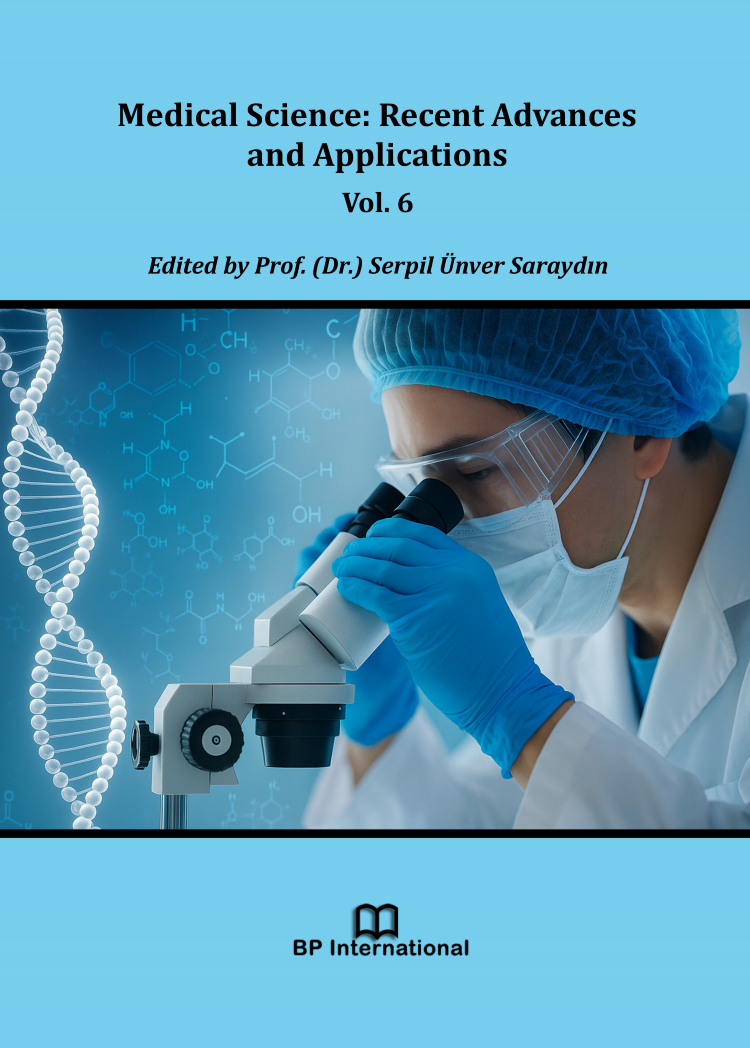Histotechnology of Mineralised Tissues: Principles and Practical Approaches for Clinical and Research Applications
Medical Science: Recent Advances and Applications Vol. 6,
13 June 2025
,
Page 131-150
https://doi.org/10.9734/bpi/msraa/v6/5724
Abstract
This study underscores the critical role of selecting appropriate decalcification methods in the histopathological and molecular evaluation of mineralised tissues. A thorough understanding of the chemistry, efficacy, and biological implications of decalcifying agents is essential for guiding pathologists and researchers in making informed, application-specific decisions that preserve both diagnostic accuracy and scientific integrity. Bone, distinct among body tissues, possesses the unique capacity for self-repair and structural adaptation in response to mechanical stimuli. Its complex biochemical composition and micromorphology also enable remarkable long-term preservation, even under varied burial conditions. Bone remodelling, governed by the basic multicellular unit (BMU), involves tightly regulated interactions between osteoclasts and osteoblasts, culminating in mineralisation through the deposition of organic matrix and hydroxyapatite nucleation. The fundamental mechanisms underlying calcium removal—rapid ionic dissolution by acids versus the more controlled chelation by agents such as EDTA—highlight the trade-offs between speed and preservation. This chapter reinforces the need for context-driven decalcification strategies to support evolving histological and molecular diagnostic demands.
- Bone
- histological analysis
- decalcification
- mineralisation
